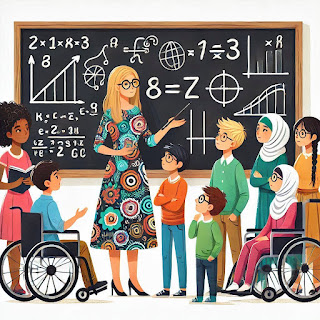Cognitive Working Mechanisms of Brain: Science of Thinking, Learning and Problem-Solving

The cognitive mechanisms of human brain drive active learning, memory, attention and problem-solving . Traditional education often fails to leverage these processes effectively, leading to inefficient knowledge transfer. Cognition: Brainpage-Driven Learnography as the Future of Academic Learning This article explores how the principles of learnography can transform education into a brain-based model and student-driven system for faster and deeper academic learning. Knowledge transfer is processed through brainpage writing, thalamic cyclozeid rehearsal and motor science integration. 🔴 Explore the cognitive working mechanisms of human brain and their roles in learning, memory, attention, knowledge transfer and problem-solving. Highlights: Scientific Foundations and Functions of Cognitive Mechanisms Cognitive System of the Brain: An Overview Cognitive Functions and Their Neural Mechanisms Cognitive Science in Learnography: Enhancing Knowledge Transfer How to Optimize Cognitive Mechanism...








